Size Doesn't Matter
Once an endangered species, The Oregon Chub, is now returning for biodiversity and sustainability
On one quiet morning in Oregon’s Willamette Valley, Brian Bangs is on the hunt for Oregon Chub. At the edge of a shallow pond, waders submerged in the water, a bucket in hand, and the shoreline vegetation rustling in the wind. This seems like an average pond, but to Bangs, it is a milestone of the decades-long battle to save the region’s most overlooked species: the Oregon Chub.
Once at risk of disappearing, this tiny three-inch minnow is flourishing in ponds all over the Willamette Valley. However, its comeback story goes almost as unnoticed as its disappearance from the ecosystem. This comeback has been a pivotal example of quality conservation efforts nationwide. In 2015, the Oregon Chub became the first species in the United States to be removed from the Endangered Species List - a rare conservation victory. Yet, even as the Oregon Chub flourishes, its success raises new questions. In 2024, the Oregon Chub was successfully monitored for a decade, and the Environmental Protection Agency (EPA) cut funding and stopped offering guidance/resources. So now the focus is continued Oregon Chub survival without the assistance of the EPA.
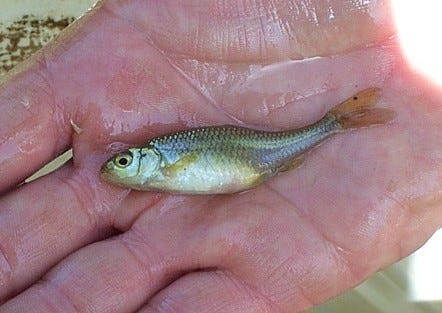
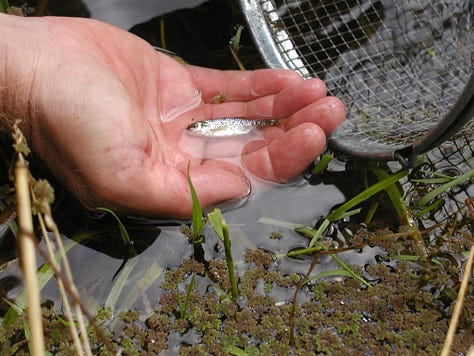
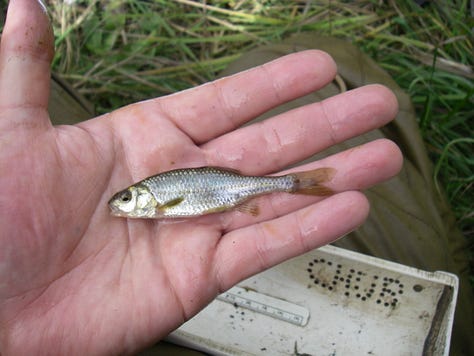
Brian Bangs knows better than anyone that success does not mean the work is done. Formerly with the Oregon Department of Fish and Wildlife (ODFW) and now with the U.S. Fish and Wildlife Service (FWS), Bangs has dedicated much of his career to the Oregon Chub. His work has involved everything from habitat restorations to difficult conversations with wary landowners to rebuild a habitat that once seemed lost.
The Road to Recovery
The Oregon Chub is endemic to the Willamette River Basin. When threatened, the Chub’s instinct is to hide in shallow vegetation—a behavior that worked against them as non-native predators like bass and bluegill moved into their habitats. “Their instinct to hide or seek shelter led them to their predators,” Bangs explained. Coupled with habitat destruction from dams and human activity, the Chub’s population plummeted unnoticed by most people for decades.
Few knew the fish existed when the Oregon Chub was listed under the Endangered Species Act 1993. Bangs and his team faced the challenge of protecting a species only a few could identify. The solution became clear: restoring off-channel ponds—shallow, slow-moving areas disconnected from the main river. These habitats, becoming barren and almost lifeless, were transformed with the help of landowners who agreed to partner.
“At first, landowners were hesitant,” Bangs admitted. They were worried that finding an endangered species on their property would mean restrictions on their land use." To combat this, Bangs and his team showed them that if the Chub were surviving on their property, it was proof they were doing something right. This helped landowners work together with ODFW and embrace the presence of Oregon Chub on their land and the benefits the Chub provided.
One landowner even designated a pond for the Oregon Chub, working with Bangs from the start. “We added benches at different depths, planted vegetation for spawning and feeding grounds, and then introduced the Chub,” Bangs recalled. “Within months, an entire ecosystem emerged - birds, turtles, insects - all thriving because the Chub was there.” This small minnow sparked a ripple effect, transforming an empty environment into a thriving habitat.
Success and Its Challenges
Now, the Oregon Chub is no longer endangered. Populations are stable, and the once-intensive restoration efforts have slowed down. But this success story comes with its challenges. Without EPA protections, the species relies on ongoing monitoring and cooperation—work that requires funding that has been severely cut down in the past year.
Matthew Collver, the current Oregon Chub lead at ODFW, described the shift: “Our early efforts involved introducing chub into isolated ponds and wetlands—a strategy we called ‘Chub to Tubs.’ Now, the focus is on maintaining these habitats and ensuring populations stay stable.” Efforts have relaxed, but Collver and Bangs know that the work is far from over.
Bangs worries about the now: Success has been achieved, and funding has been cut. " It’s easy to celebrate success and think we’re done. But the same factors that pushed the chub to the brink—habitat destruction, invasive species—could come back.” He stresses the importance of continued monitoring and protection of these ponds.

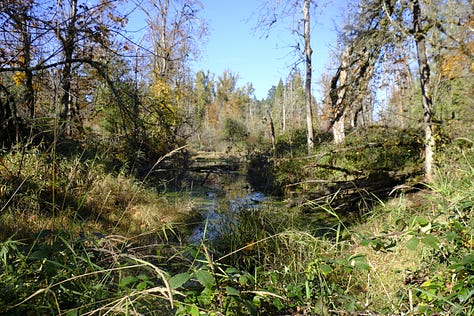
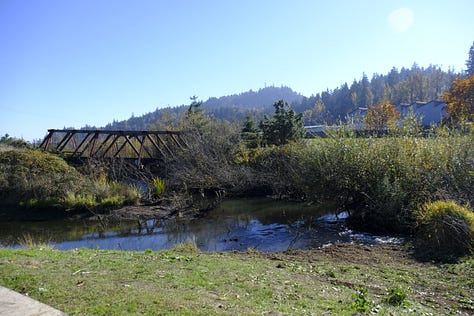


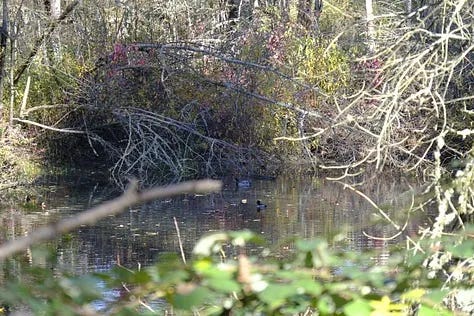
Success and Its Challenges
Now, the Oregon Chub is no longer endangered. Populations are stable, and the once-intensive restoration efforts have slowed down. But this success story comes with its challenges. Without EPA protections, the species relies on ongoing monitoring and cooperation—work that requires funding that has been severely cut down in the past year.
Matthew Collver, the current Oregon Chub lead at ODFW, described the shift: “Our early efforts involved introducing chub into isolated ponds and wetlands—a strategy we called ‘Chub to Tubs.’ Now, the focus is on maintaining these habitats and ensuring populations stay stable.” Efforts have relaxed, but Collver and Bangs know the work is far from over.
Bangs and Collvers worry about the now: Success has been achieved, and funding has been cut. While success is easy to celebrate, and many might move on and say that it is the end, we must remember that the same factors that pushed the Chub to the brink—habitat destruction and invasive species—could come back. Continued monitoring and protection of these habitats is vital for their continued success despite lacking resources.
The Broader Impact
The recovery of the Oregon Chub is more than a story about a small fish. It is a lesson in the interconnectedness of species and ecosystems. The ponds restored for the Chub have become homes for western pond turtles and nursery grounds for salmon, birds, and insects. Landowners who once viewed the Chub as bad now see their ponds flourish with life, with the bonus of keeping mosquitoes in check. It is not just about the Chub. There is a whole system working together. The Chub is a small piece, but it holds everything together, helping the system flourish.
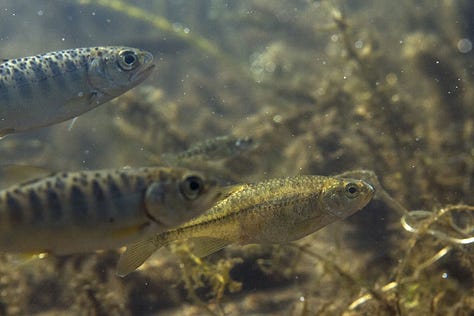
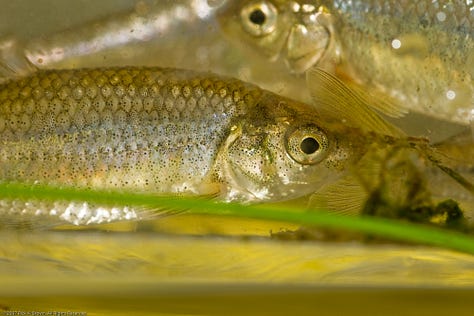
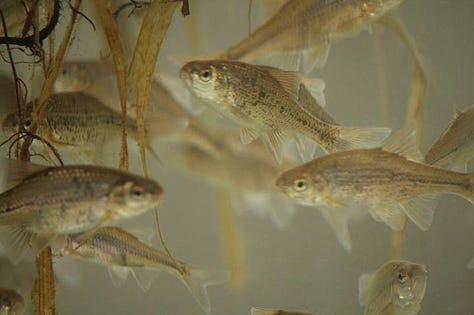
A Future Without Guarantees
The Oregon Chub’s comeback is a triumph, a first in the U.S., but its future depends on continued effort and support. Bangs, Collver, and their teams remain committed to monitoring populations and engaging with the community to continue stressing the importance of this tiny three-inch minnow.
For Bangs, the story of the Oregon Chub is not just a saved species but his legacy; it is a constant reminder that with success, responsibility is followed shortly after. We know delisting from the Endangered Species List is possible through the Oregon Chub, but it is up to all of us to ensure the Chub’s population stays intact. The Oregon Chub may be small, but it proves that even the most overlooked unidentifiable species can shape an entire ecosystem.






suuuper detailed and the photos are beyond lovely !